Atex Zone 1 Definition

Hazardous Areas Hazardous Area Zones Guide Explanation Definitions

Ex Zones Divisions Learn More In Our Glossary Ecom Instruments

Hazardous Areas Hazardous Area Zones Guide Explanation Definitions

Identifying Zone 0 Zone 1 And Zone 2 Hazardous Areas Raytec Led Blog
1

What Is Atex Zone 1 2 21 And 22 Hoist Uk
The european ATEX directives 94/9/CE and 1999/92/CE, revised in 14, have introduced the notion of zoning in order to identify and classify areas within a factory that present a risk of presence of powder cloud in explosive conditions It is a notion related to the european regulation but in general, for every Dust Hazard Analysis DHA the areas where an explosion can occur should be determined.
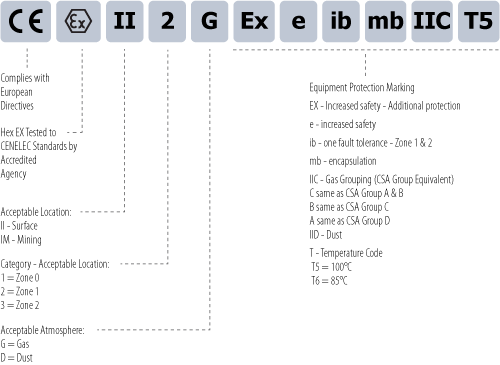
Atex zone 1 definition. The term ATEX is used for the European Union's (EU) 94/9/EC directive addressing equipment and instrumentation intended for use in potentially explosive atmospheres The directive was purposed to help trade within the EU through alignment of laws governing the member states and went into effect on July 1, 03. ATEX Zone 1 A place in which an explosive atmosphere consisting of a mixture with air of dangerous substances in the form of gas, vapor or mist is likely to occur in normal operation occasionally ATEX Zone 2. Zone 1 A place in which an explosive atmosphere consisting of a mixture with air or flammable substances in the form of gas, TPS 11 ATEX 1 546 X Additional conditions (optional) Notified Body’s current certificate number Definition of zones (Annex 1).
(according to ATEX directive) Equipment Group II = for all aboveground explosive environments Equipment Category (Flammable Atmosphere) 2 = occassionally 3 = rarely, and for a short duraction Category 2 devices may also be used in the areas that require category 3 ⇒ Corresponding Zones 2G = Zone 1 & 2 2D = Zone 21 & 22 Equipment Environment (Zone of Use). The european ATEX directives 94/9/CE and 1999/92/CE, revised in 14, have introduced the notion of zoning in order to identify and classify areas within a factory that present a risk of presence of powder cloud in explosive conditions It is a notion related to the european regulation but in general, for every Dust Hazard Analysis DHA the areas where an explosion can occur should be determined. Certified Equipment Equipment which has a notified body type certificate (Intrinsic Safety) for Atex Category 1 & 2 or for Category 3 a competent person’s certificate eg by the manufacturer or other certification body /notice Cables Cables are not simple apparatus and do not require to be certified.
ATEX Zone 1 (high risk gas/vapour) ATEX Zone 2 (medium risk gas/vapour) ATEX Zone 21 (high risk powder/dust) ATEX Zone 22 (medium risk powder/dust) Mark areas with signs at point of entry;. AR Select ATEX zone Zone 0 Zone 1 Zone 2 Zone Zone 21Zone 22 Select right definition for selected ATEX zone A place in which an explosive atmosphere (GAS) is present continuously or for long periods or frequently A place in which an explosive atmosphere (GAS) is likely to occur in normal operation occasionally A place in which an explosive atmosphere (GAS) is not likely to occur in normal operation but, if it does occur, will persist for a short period only A place in which an. Regarding ATEX 99/92/EC Directive, the requirement is that Employers must classify areas where potentially explosive atmospheres may occur, into zones The classification given to a particular zone, and its size and location, depends on the likelihood of an explosive atmosphere occurring and its persistence if it does.
Zone 1 Explosive atmosphere for more than 10, but less than 1000 h/yr Zone 2 Explosive atmosphere for less than 10h/yr, but still sufficiently likely as to require controls over ignition sources ATEX zones for dusts. Zone 21 (ATEX 1999/92/EC) definition What is a Zone 21 hazardous area?. Zone 1 Explosive atmosphere for more than 10, but less than 1000 h/yr Zone 2 Explosive atmosphere for less than 10h/yr, but still sufficiently likely as to require controls over ignition sources ATEX zones for dusts.
1) Zoning As the first step, the ATEX directive calls for a risk assessment to be conducted by the operator or a commissioned external party In recognizing the hazardous area it is relevant to differentiate between areas subject to gas explosions caused by solvents or other process vapors. ATEX is the name commonly given to the two European Directives for controlling explosive atmospheres 1) Directive 99/92/EC (also known as 'ATEX 137' or the 'ATEX Workplace Directive') on minimum. D2x range A truly global product range for hazardous locations;.
This is the zone that the equipment is suitable for use in Every hazardous environment with a risk of combustion is given a zone rating dependant on the type of hazard You should only use equipment specified for the zone you’re working in The following combinations are possible 1 – Can be used in zones 0 or ;. ATEX does not allow for the possibility of zone variances in apparatus The category system means that the manufacturer must demonstrate the ATEX H&S essential requirements by testing Cat 1 zone 0, = 1G or 1D very high safety protection by 2 protective measures/ faults. The Zones are decided by the site based on a risk assessment of the likelihood of a potentially explosive atmosphere being present Zone 0 for gas, for dust or a Category 1 rating means that the risk is continually present and a very high Protection Level is required.
ATEX Zone 0, , 1, 21 A hazardous area is defined by the likelihood and concentration of an explosive atmosphere being present in a specific area, and is split into zones depending on the type of atmosphere present. A Zone 1 area is classified as a place in which an explosive atmosphere consisting of a mixture with air or flammable substances in the form of gas, vapour or mist is likely to occur in normal operation occasionally These are typically process areas where gases are more likely to be present. Zone 1 A place in which an explosive atmosphere consisting of a mixture with air or flammable substances in the form of gas, vapour or mist is likely to occur in normal operation occasionally Zone 2Mechanically generated sparks, A place in which an explosive atmosphere consisting of a mixture with air of flammable substances in the form of gas,.
E2x nonsparking devices now for Class I & II Division 2 and Zone 2, 22 applications;. ATEX Zone 0 and ATEX Zone represent the most dangerous workplace environments ATEX uses Zone numbers to distinguish between environments with different levels of danger It is an employer’s responsibility to correctly classify the workplaces for which they are responsible. Example of Zone Classification (Filling Station) Remark In Zone 0 – Exequipment must be designed for Category 1 use In Zone 1 – Ex equipment must be designed for Category 2 use In Zone 2 – Ex equipment must be designed for Category 3 use IP Classification’s – Ingress Protection to EN Definition 1st code index Code IP Class Code Definition 2nd code index.
Class I locations consist of areas where gases, vapors or liquids may exist that have the potential to become flammable or ignitable There are two different divisions that exist in Class I, Division 1 and Division 2, along with three Zones;. ZONE 0 Area in which an explosive gas atmosphere is present continuously or for long periods or frequently ZONE 1 Area in which an explosive gas atmosphere is likely to occur in normal operation occasionally. Figure 1 Example of ATEX zoning classification for a bulk powder sack tipping station The zoning definition and the reasons justifying a particular zoning, or the absence of zoning, must be described in the ATEX risk analysis and the measures to put in place explained.
Select ATEX 14/34/EU compliant equipment according to the intended Zones. Understanding ATEX Zones for Gas & Dust This week we look at ATEX zones for gases and dust to dig a little deeper into ATEX understanding If you are not sure whether you need an explosion proof ATEX fan or need to know the ATEX zone in which your application is classified, please consult an official authority in your country ATEX is an acronym derived from the words “Atmospheres. This equipment is intended for use in Zone 1 (gases) or Zone 21 (dusts) A high level of protection is ensured You will find these zones at the manifold of a tank truck or the interior of a silo Safety is ensured in the event of frequently occurring disturbances or equipment faults which normally have to be taken into account Equipment category 3.
Zones 1 & 2 EExm EN Zones 1 & 2 Exm IEC Oil Immersion – The electrical components are immersed in oil, thus excluding the explosive atmosphere from any sparks or hot surfaces Zones 1 & 2 EExo EN Zones 1 & 2 Exo IEC Class 1 Division 2 UL698. D1x range Class I and II Div 1,Zone 1 explosion proof signals;. 1, G Zone Område, hvor der vedvarende, hyppigt eller i længere tid kan være en eksplosiv atmosfære bestående af en sky af brændbart støv og luft 1, D Zone 1 Område, hvor der under normal drift lejlighedsvis kan forekomme eksplosiv blanding af luft og brandfarlig gas, damp eller tåge 1 eller 2, G Zone 21.
Create and maintain an explosion protection document;. Wiring methods permitted in Class I, Division 1 locations are identified in Sections (A) and include threaded rigid metal or threaded steel intermediate conduit The conduit must be threaded with a National (American) Standard Pipe Taper (NPT) thread that provides a 1 in 16 (¾ inch) taper per foot. Zone 1 Explosive atmosphere for more than 10, but less than 1000 h/yr Zone 2 Explosive atmosphere for less than 10h/yr, but still sufficiently likely as to require controls over ignition sources ATEX zones for dusts.
Zone 1 is an area that is classified ‘as a place in which an explosive atmosphere consisting of a mixture with air or flammable substances in the form of gas, vapours and mists is likely to occur occasionally during normal operation’, whereas Zone 2 is an area that is classified ‘as a place in which an explosive atmosphere consisting of a mixture with air or flammable substances in the form of gas, vapours and mists is not likely to occur in normal operation but if it does occur, it. Is it Allowed in an ATEX zone to wear a watch or hearing aids?. Zone 0 for gas, for dust or a Category 1 rating means that the risk is continually present and a very high Protection Level is required In practice for valves and instrumentation, this would usually mean an Ex ia Type of Protection would be the first choice.
Classify the workplaces into hazardous area Zones depending on the frequency and time that an explosive atmosphere is present in the form of gas, vapour, powder or dust For example ATEX Zone 1 (high risk gas/vapour) ATEX Zone 2 (medium risk gas/vapour) ATEX Zone 21 (highrisk powder/dust) ATEX Zone 22 (medium risk powder/dust). Zone 1 classified location An area where ignitable concentrations of flammable gases, vapors or liquids are likely to exist under normal operating conditions As a guide for Zone 1, this can be defined as 10–1000 hours/year or 01–10% of the time. The IEC 13, this issue is addressed Usually it is acceptable to wear in an ATEX zone 2 or 22 watches or hearing aids, which are not ATEX certified Making a risk assessment is necessary for zone 1 or 21.
Zone 1 A place in which an explosive atmosphere consisting of a mixture with air of dangerous substances in the form of gas, vapour or mist is likely to occur in normal operation occasionally. Zone 1 An area in which an explosive gas atmosphere is likely to occur in normal operation;. Zone 1 (21) and Zone 2 (22) hazardous area enclosures for instrumentation, small power or lighting applications – stainless steel, mild steel, glass reinforced polyester, aluminium and polycarbonate certified according to ATEX and IECEx Also high voltage junction boxes for jointing, terminating and connecting 33kV, 66kV, 11kV and 33kV power cables in Zone 2 hazardous area.
Example of Zone Classification (Filling Station) Remark In Zone 0 – Exequipment must be designed for Category 1 use In Zone 1 – Ex equipment must be designed for Category 2 use In Zone 2 – Ex equipment must be designed for Category 3 use IP Classification’s – Ingress Protection to EN Definition 1st code index Code IP Class Code Definition 2nd code index. Zone 2 An area in which an explosive gas atmosphere is not likely to occur in normal operation and, if it occurs, will only exist for a short time Various sources have tried to place time limits on to these zones, but none have been officially adopted. A Zone 21 area is classified as a place in which an explosive atmosphere consisting of a mixture with air or flammable substances in the form of powder or dust is likely to occur in normal operation occasionally.
Application in zones 1, 2 and 21, 22 Meaning of the zone classification 2G 2D Sufficient safety in the event of frequently occurring device failures / one failure Marking for the prevention of explosions stipulated according to directive 14/34/EU (ATEX). Understanding ATEX Zones for Gas & Dust This week we look at ATEX zones for gases and dust to dig a little deeper into ATEX understanding If you are not sure whether you need an explosion proof ATEX fan or need to know the ATEX zone in which your application is classified, please consult an official authority in your country ATEX is an acronym derived from the words “Atmospheres. Zone 0 for gas, for dust or a Category 1 rating means that the risk is continually present and a very high Protection Level is required In practice for valves and instrumentation, this would usually mean an Ex ia Type of Protection would be the first choice.
Gas Zone 0 – Explosive atmosphere is present at all times, for extended periods or often Gas Zone 1 – Explosive atmosphere is likely to be present during typical operation or occasionally Gas Zone 2 – Explosive atmosphere maybe present during exceptional conditions for a short period of time. ATEX is the regulatory directive for the design, Gas Zone 1 – Explosive atmosphere is likely to be present during typical operation or occasionally Gas Zone 2 – Explosive atmosphere maybe present during exceptional conditions for a short period of time. Zone 1 A place in which an explosive atmosphere consisting of a mixture with air or flammable substances in the form of gas, vapour or mist is likely to occur in normal operation occasionally Zone 2.
Application in zones 1, 2 and 21, 22 Meaning of the zone classification 2G 2D Sufficient safety in the event of frequently occurring device failures / one failure Marking for the prevention of explosions stipulated according to directive 14/34/EU (ATEX) (General requirements for the construction and testing of electrical devices intended for use in the Exarea). ATEX Zone 1 is an area that is classified ‘as a place in which an explosive atmosphere consisting of a mixture with air or flammable substances in the form of gas or vapour or is likely to occur occasionally during normal operation’. ATEX Zone 0, , 1, 21 A hazardous area is defined by the likelihood and concentration of an explosive atmosphere being present in a specific area, and is split into zones depending on the type of atmosphere present At indEx we have a wealth of knowledge and experience in providing enclosure solutions for hazardous areas.
Note that when viewing ATEX device markings, in the wisdom designed to dumbfound mere mortals, the Equipment or 'Device Category' is expressed as a numeric value 1, 2 or 3 This should not be confused with the Zone it is intended to be used in, as Zone 0 = Category 1, Zone 1 = Category 2, etc The Answers to some often asked Questions. The Explosion Protection regulations Get this information as a PDF When electronic or electrical equipment of any type is intended for use in a hazardous area, the equipment must be ATEX certified as required by the EU directive 94/9/EC This directive is more commonly known as the ATEX directive (from the French ATmospheres EXplosives). 2 – Can be used in zones 1 or 21.
Areas where potentially explosive liquids, gases or dust are being produced, refined or where some repeated contact is likely are generally classified as Zone 1 Conversely, examples of Zone 2 areas are storage areas, maintenance workshops and other ancilliary areas adjacent to the main production areas Temperature Classifications. Wiring methods permitted in Class I, Division 1 locations are identified in Sections (A) and include threaded rigid metal or threaded steel intermediate conduit The conduit must be threaded with a National (American) Standard Pipe Taper (NPT) thread that provides a 1 in 16 (¾ inch) taper per foot. Zone 1 is an area in which an explosive atmosphere is likely to occur occasionally in normal operation It may exist because of repair, maintenance operations, or leakage Zone 2 Zone 2 is a place in which an explosive atmosphere is not likely to occur in normal operation but, if it does occur, will persist for a short period only.
Category 1 Equipment that is intended for use in areas where an explosive atmosphere is present continuously, for long periods or frequently 2 Equipment that is intended for use in areas where an explosive atmosphere is likely to occur in normal operation and must ensure a high level of protection 3. ATEX The ATEX directive uses zones to classify potentially explosive gas and dust atmospheres Classifications range from an ignitable condition being an unlikely occurrence (Zones 2 and 22) to continuously present (Zones 0 and ) > Gas / Vapour / Mist Zone 0, Zone 1, Zone 2. 1 Class I, Zone 1 An explosive atmosphere consisting of a mixture with air of dangerous substances in the form of gas, vapour or mist is not likely to occur in normal operation but, if it does occur, will persist for a short period only 2 Class I, Zone 2 Class I, Division 2 Safety Zones on Gas Station.
This week we look at EEx definitions used within ATEX specifications for fans and motors EExd Flameproof, for Zone 1 The enclosure of this motor type will prevent an internal explosion, or flame, from being transmitted to the explosive atmosphere surrounding the machine, hence the name flameproof. D1xB2 range Class I & II Division 1 , Zone 1 & 21 Xenon strobes and LED beacons. Equipment which has a notified body type certificate (Intrinsic Safety) for Atex Category 1 & 2 or for Category 3 a competent person’s certificate eg by the manufacturer or other certification body/notice Cables Cables are not simple apparatus and do not require to be certified.
A place in which an explosive atmosphere consisting of a mixture with air or flammable substances in the form of gas, vapour or mist is likely to occur in normal operation occasionally (from 10hrs to 1000hrs/365d) Zone 1 Category 2G explosion proof conversion guarantees an electrical and mechanical protection eliminating any explosion risk. 1 In which an explosive gas/air mixture is likely to occur in normal operation Exd Exe, Exib, Exp, Exia, Exs 2 In which an explosive gas/air mixture is not likely to occur in normal operation All concepts suitable for Zone 0 & 1, ExN, ExO and Exq. (10 1000 hours per year or 01 to 10% of the time) An area where an explosive atmosphere is not likely to occur in normal operation (under 10 hours per year or 0 to 01% of the time) Zone 0 Zone 1 Zone 2 Gases & Vapours Category 1 Category 2 Category 3 Note Category 2 certification also covers the lower category 3 Table 2 ATEX Category.
Zone 0, 1 & 2 Locations that would be considered to be Class I include Petroleum Refineries, Gasoline Storage Areas, Dry Cleaning Plants, Spray Finishing.
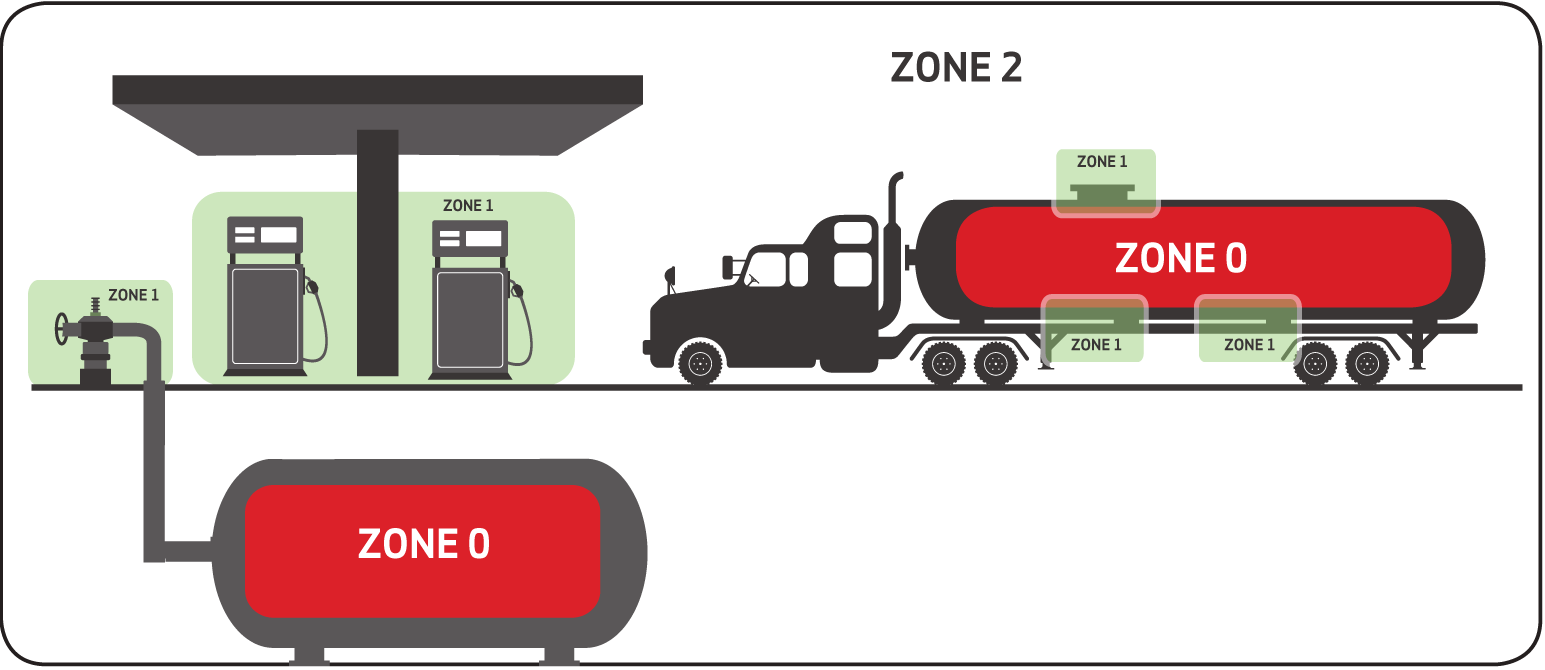
Definition Of Hazardous Area Classification Atex Iecex Njz Lighting
Q Tbn And9gcrvsqtxmrkekxaqf2wzppgi44j1iwzmianqtnmn3lm6dltsq05q Usqp Cau

Identifying Zone 0 Zone 1 And Zone 2 Hazardous Areas Raytec Led Blog

Atex Explained Lgm Products

Standards And Regulations Ex Zones Atex Iecex

Explosive Atmospheres Atex Sertec S R L
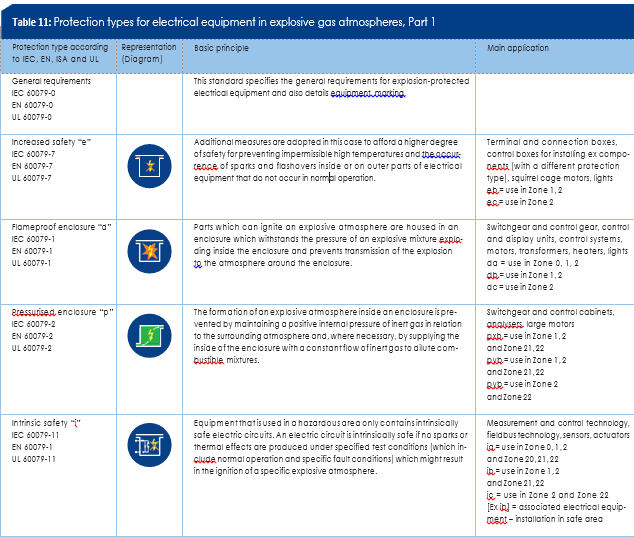
Explosion Protection Technical Principles Atex Article Atexdb

Explosion Protection Technical Principles Atex Article Atexdb
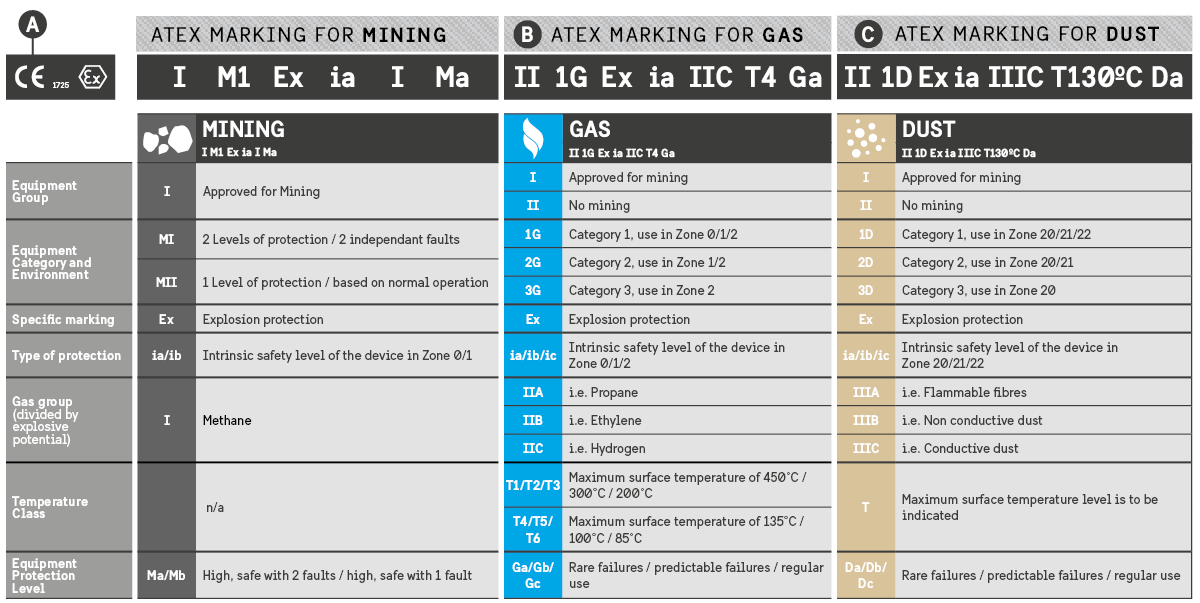
Atex Catalog Peli
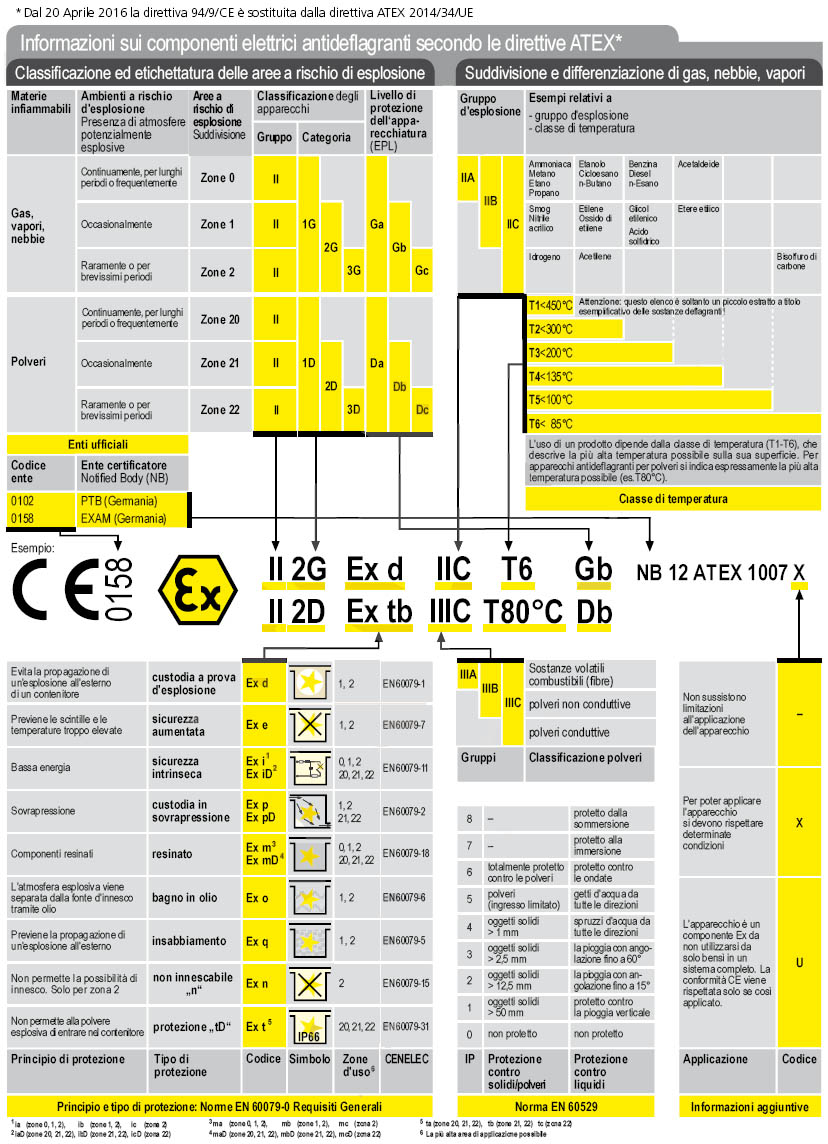
Classificazione Zone Aree Atex
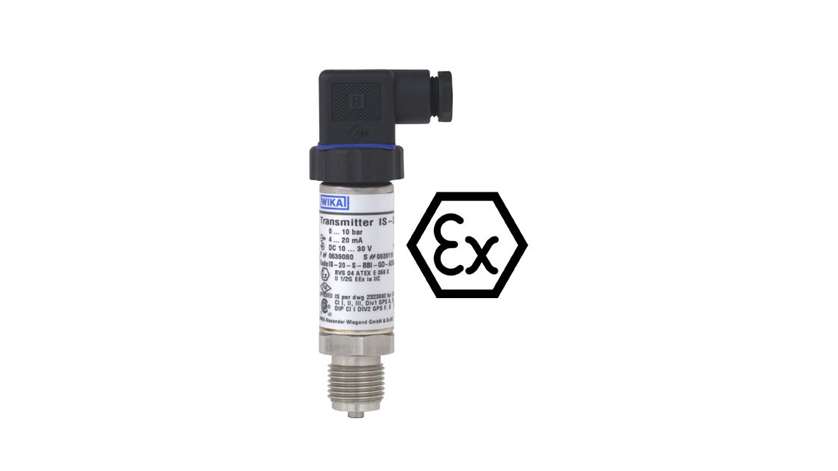
Ex Pressure Sensors And Transmitters For Atex Zone 0 Zone 1 Or Zone 2 Markings Of Pressure Instruments For Use In A Hazardous Area Wika Blog

Atex Area Classifications Zoning Definitions

Atex Guardian Telecom

Hazardous Area Zone 1 Zone 2 Atex Flameproof Control Systems Atex

Overview Of Hazardous Areas Expo Technologies

Hazardous Areas Hazardous Area Zones Guide Explanation Definitions

Explosion Protection Technical Principles Atex Article Atexdb

Understanding Atex Zones
News Petzl Understanding Atex Markings Petzl Finland

Hazardous Areas Hazardous Area Zones Guide Explanation Definitions

Hazardous Areas Hazardous Area Zones Guide Explanation Definitions
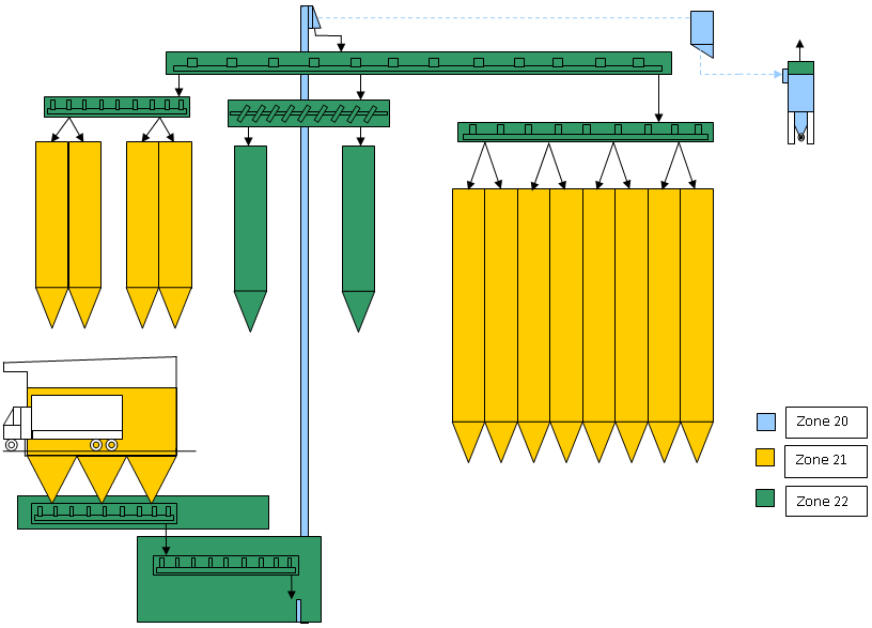
Atex Dust Zones Zone Zone 21 Zone 22
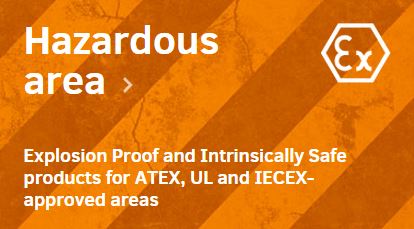
Atex Explained Lgm Products
The Atex Marking Petzl Other

Atex Lygter Og Pandelamper Til Eksplosive Miljoer Ledlenser
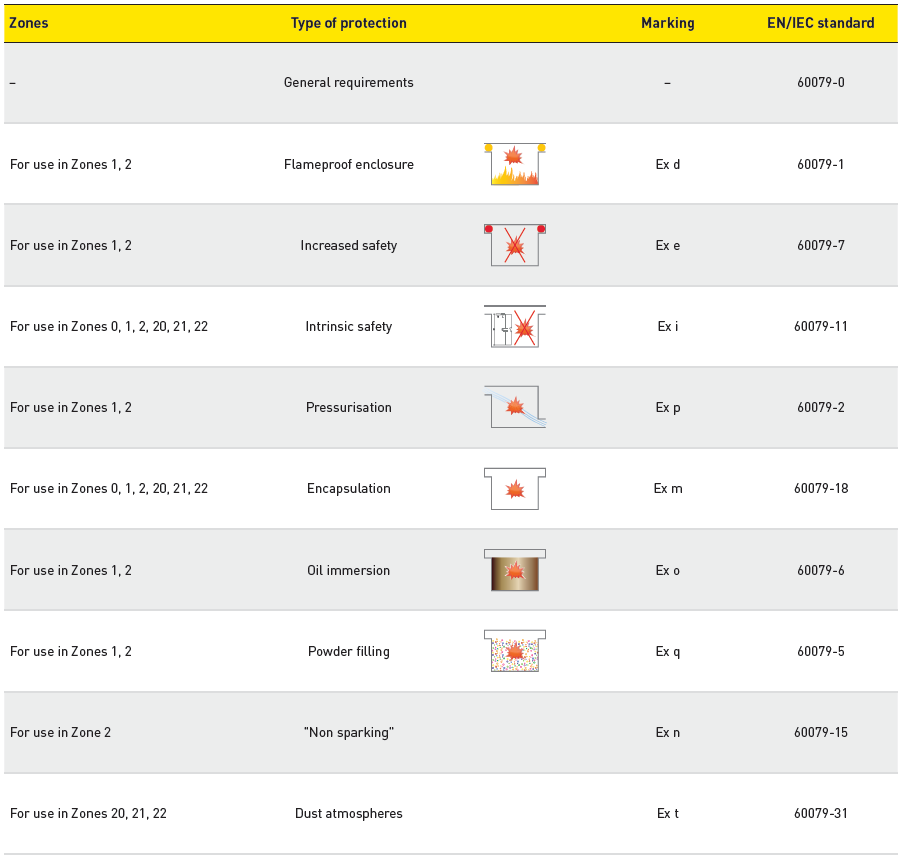
Standards And Regulations Ex Zones Atex Iecex

Hazardous Areas Hazardous Area Zones Guide Explanation Definitions

Atex Zone 0 Classification
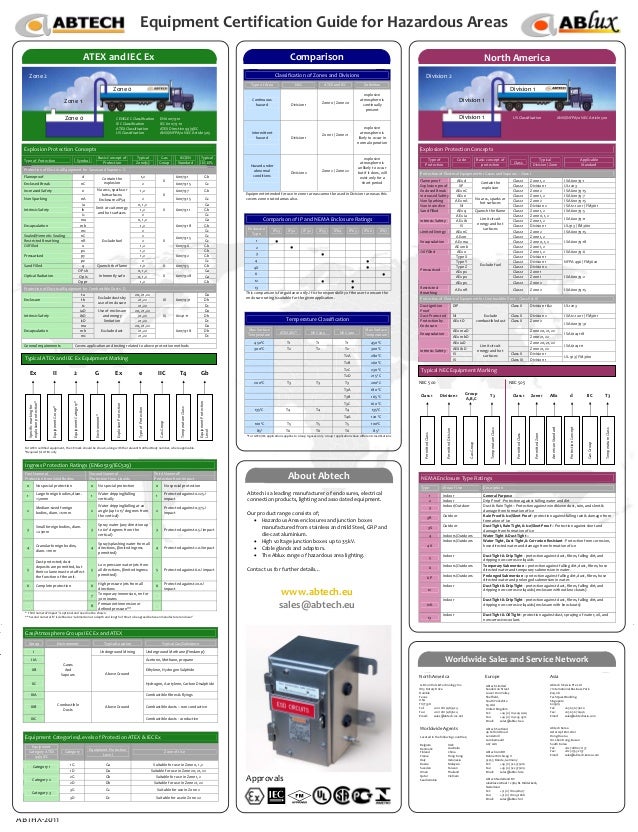
Hazardous Area Equipment Certification Atex Zone 1 Zone 2 Iec Ex
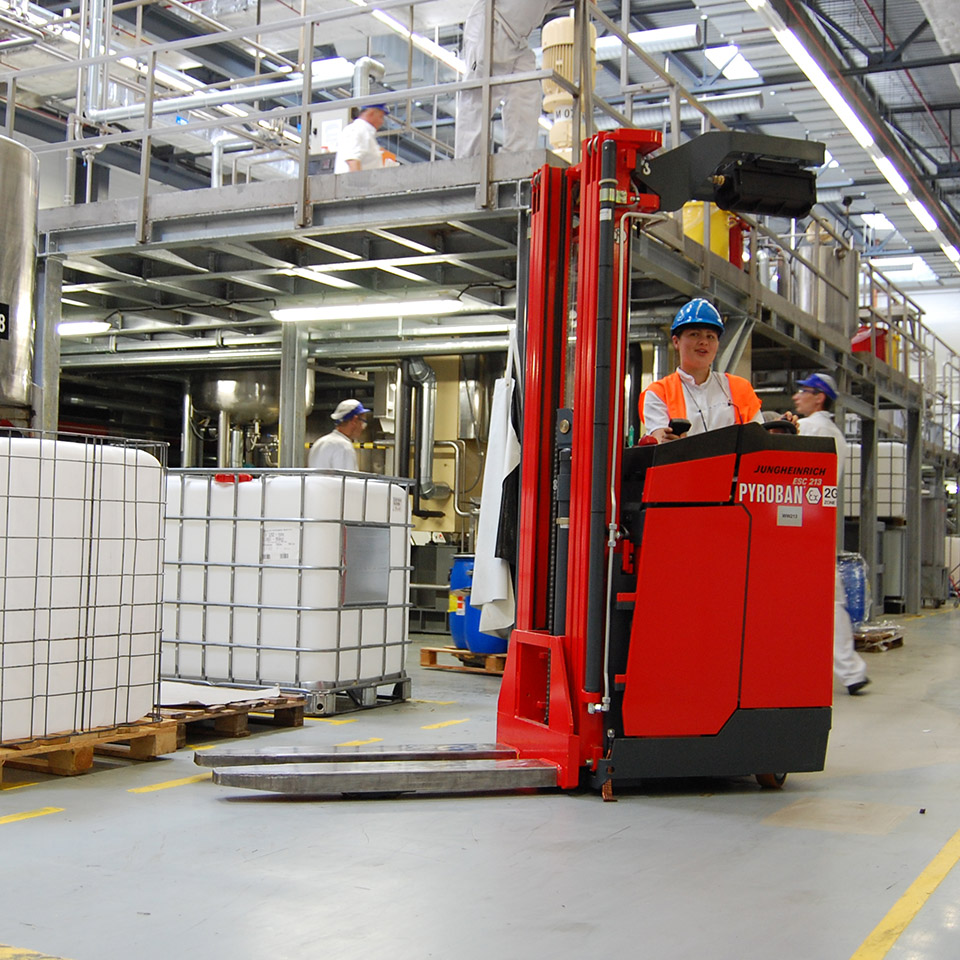
Atex 2g Zone 1 Flameproof Forklift Conversions Pallet Reach Picking

Atex Enclosures Index Hazardous Area Information
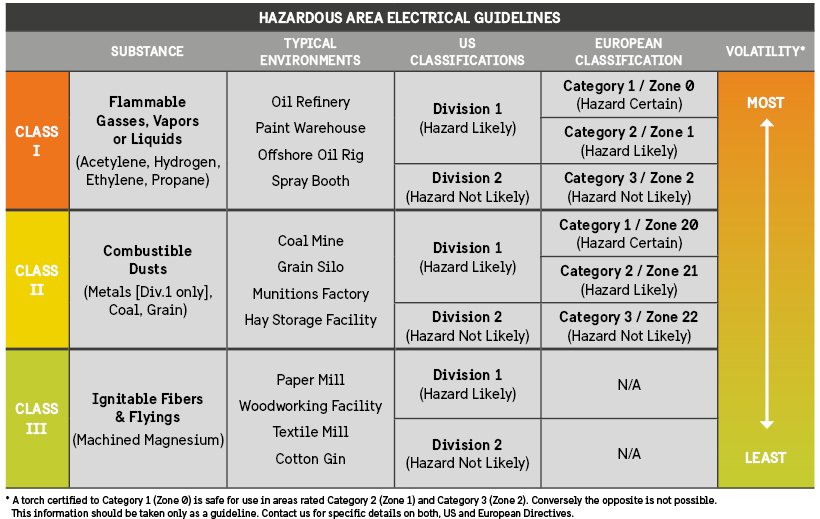
Atex Catalog Peli
Http Www Sourceiex Com Catalogs Chapter 5 atex Pdf
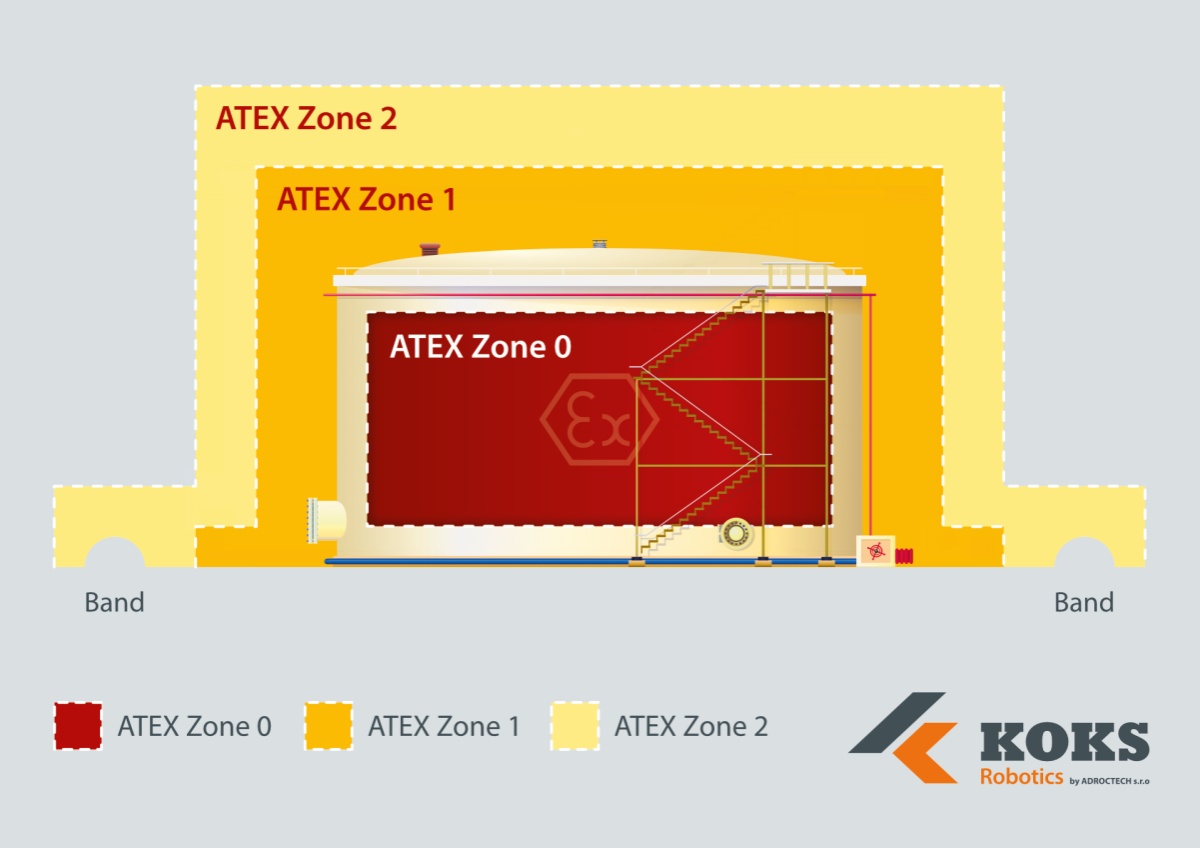
What Are Atex Zones Koks Robotics
Hazardous Areas Hazardous Area Zones Guide Explanation Definitions

What Is Atex Zone 1 2 21 And 22 Hoist Uk

Hazardous Areas Hazardous Area Zones Guide Explanation Definitions

Learn More On Hazardous Locations Illustrated Atex And Iecex Zones

Bartec Pixavi Zone 1 Vs Zone 2 Hazardous Areas

Hazardous Areas Hazardous Area Zones Guide Explanation Definitions

Atex Weighbridge Applications Kataskevastiki J Dimitriou Weighing Engineering

Hazardous Areas Hazardous Area Zones Guide Explanation Definitions

Overview Of Hazardous Areas Expo Technologies
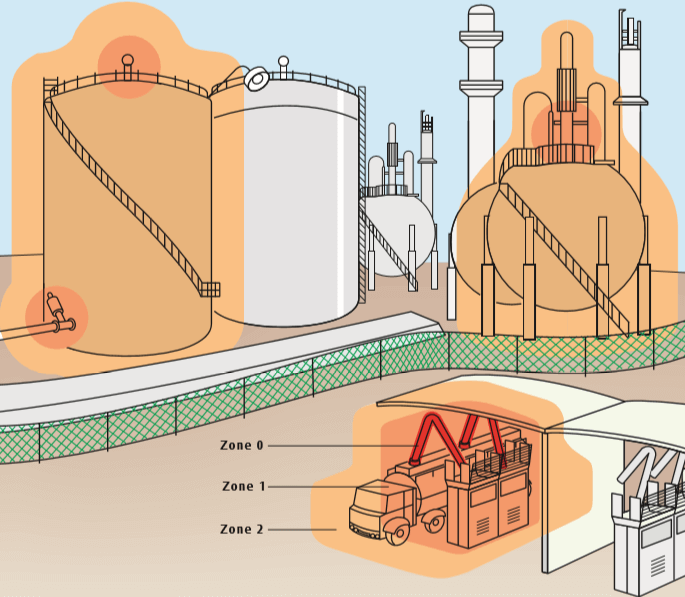
Hazardous Areas Hazardous Area Zones Guide Explanation Definitions

Explosive Atmospheres Atex Sertec S R L
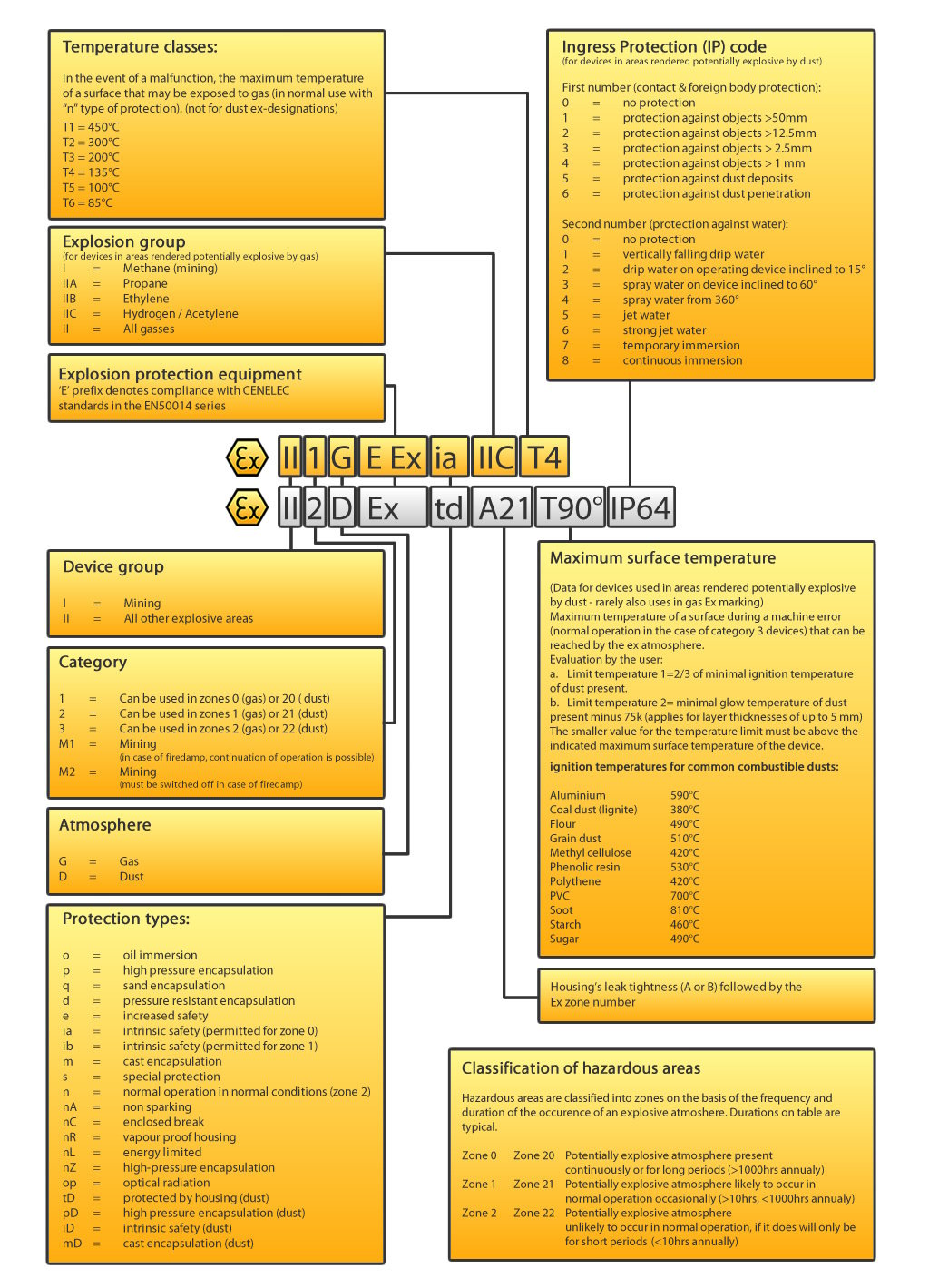
What Is Atex Jenson Atex Depot
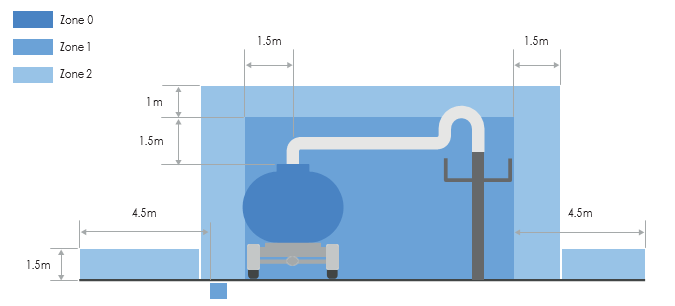
Explosion Protection Technical Principles Atex Article Atexdb
Classification Of Atex Zones Petzl Usa
Q Tbn And9gcqjboz0av96tlkmvvqlkflwpxxpeqkpcywp 3nifk7ni3l Sgtx Usqp Cau

The Hazardous World Of Ex Marking Iec E Tech
Useful Information On Atex
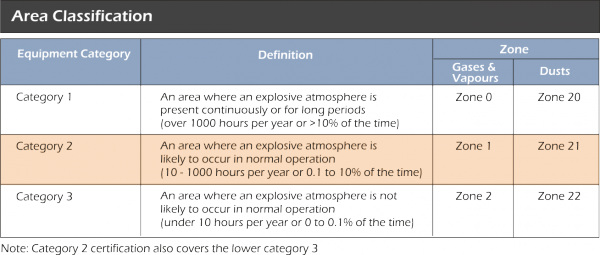
Atex Iecex Markings Explained
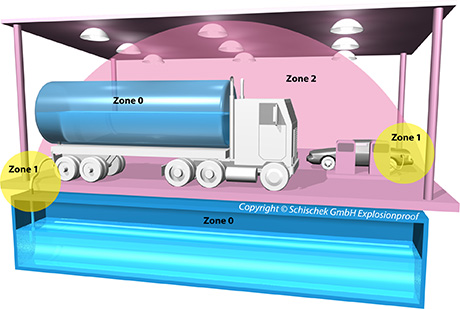
Explosion Proof Classification Divisions Zones Of A Spray Room And A Filling Station Explosion Groups Temperature Classes Fire Protection
Q Tbn And9gcrr6abrggjricndtgid6ts6vsa21uvfuym74stk Gi99vdhhbm3 Usqp Cau
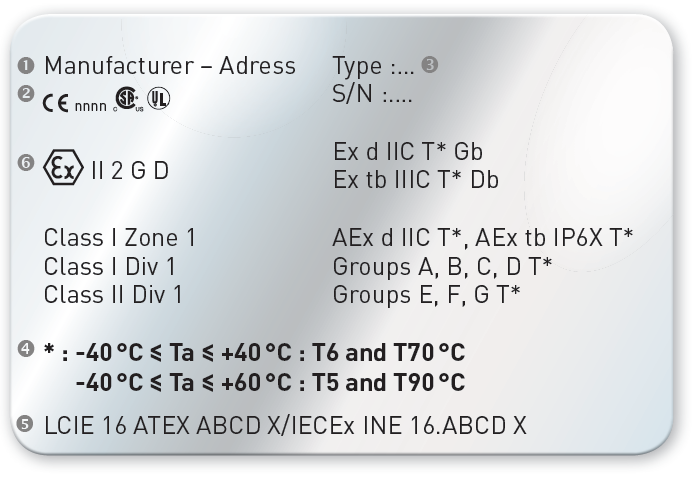
Standards And Regulations Ex Zones Atex Iecex
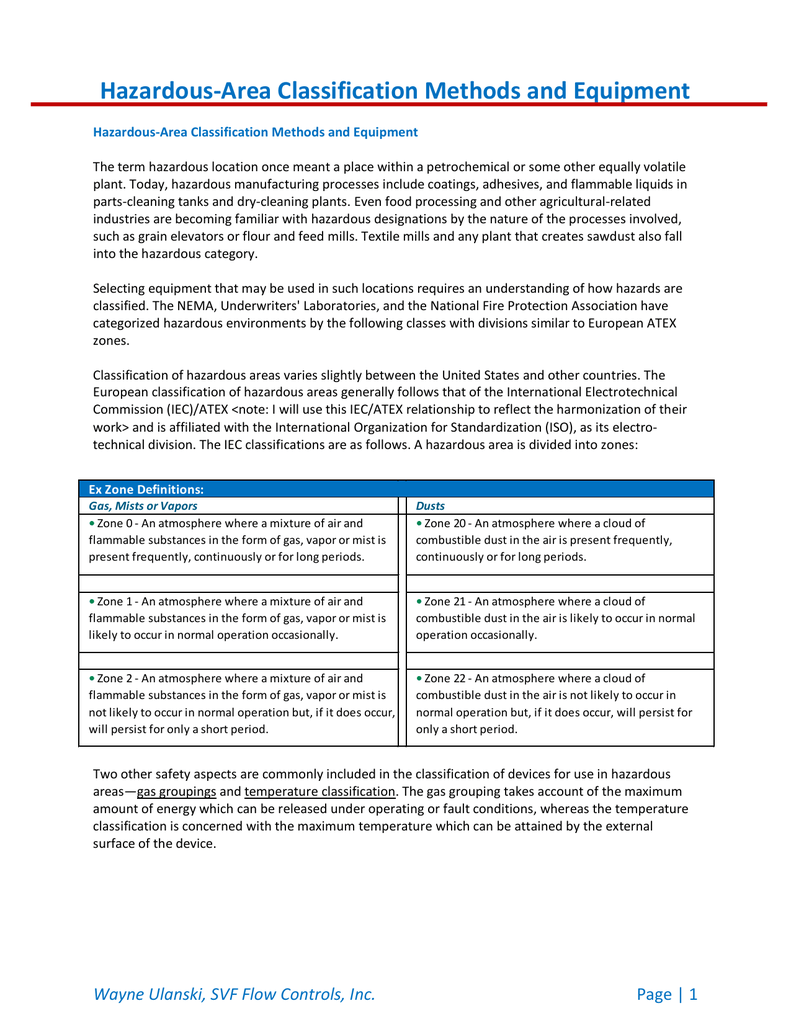
Hazardous Area Classification Methods And Equipment

Hazardous Areas Hazardous Area Zones Guide Explanation Definitions
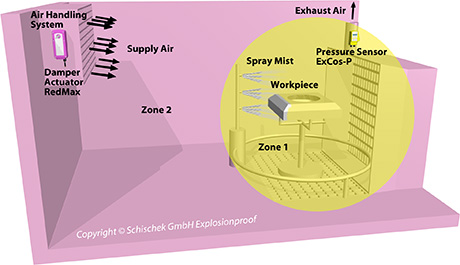
Explosion Proof Classification Divisions Zones Of A Spray Room And A Filling Station Explosion Groups Temperature Classes Fire Protection
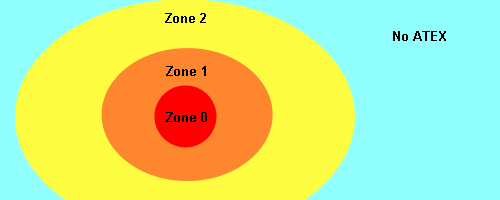
Technetea Electrical Apparatus In Potentially Explosive Atmospheres
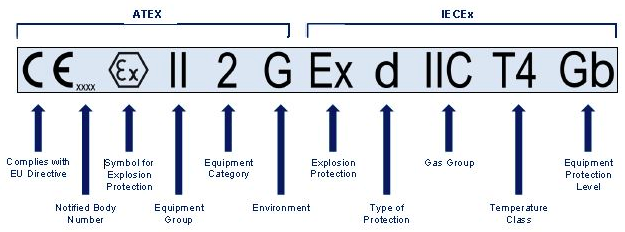
Intrinsically Safe Knowledge Base Intrinsically Safe Store
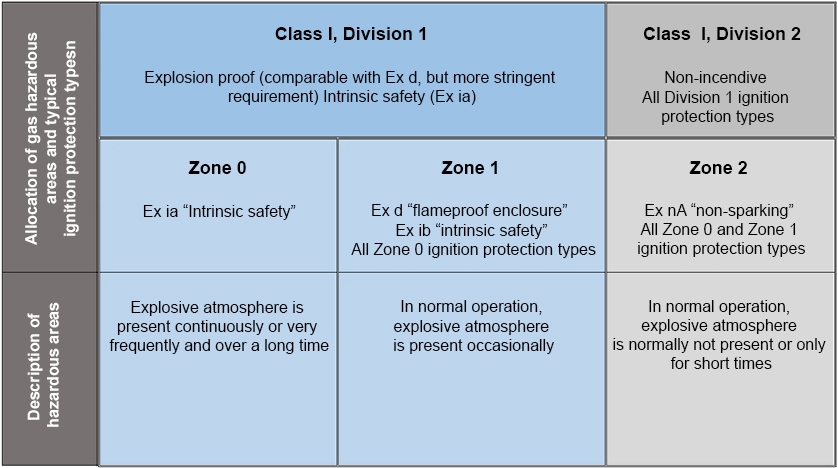
The Difference Between The Zone And Division Model Wika Blog
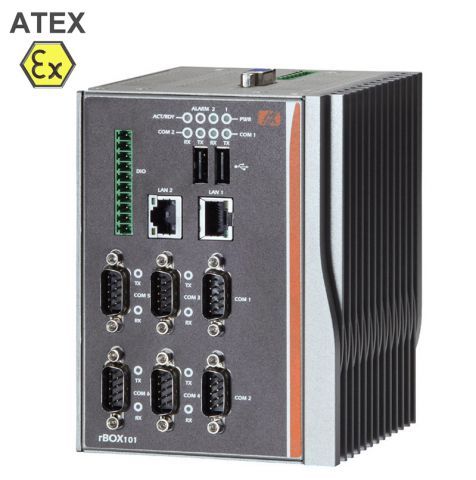
Class 1 Division 2 And Atex Zone 2 Explained

Hazardous Areas Hazardous Area Zones Guide Explanation Definitions
Electrical Equipment In Hazardous Areas Wikipedia
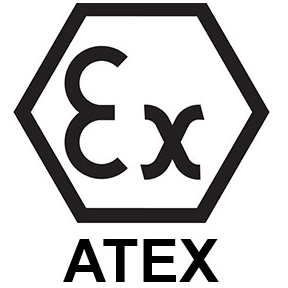
Atex Definition What Is 1999 92 Ec Or 14 34 Eu Pyroban Explains
Www Iecex Com Archive Gdansk Docs D2p2b r fraczek Pdf

Five Things You Should Know About Atex Pumps

Overview Of Atex Zones And Equipment Ex Machinery Atex Blog
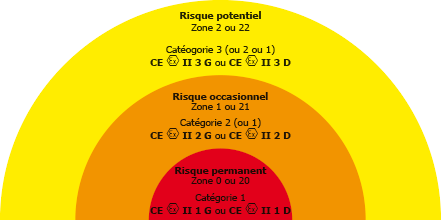
Zone Atex Les Cles Pour Comprendre Et Bien Choisir Ses Equipements Sick

Overview Of Atex Zones And Equipment Ex Machinery Atex Blog
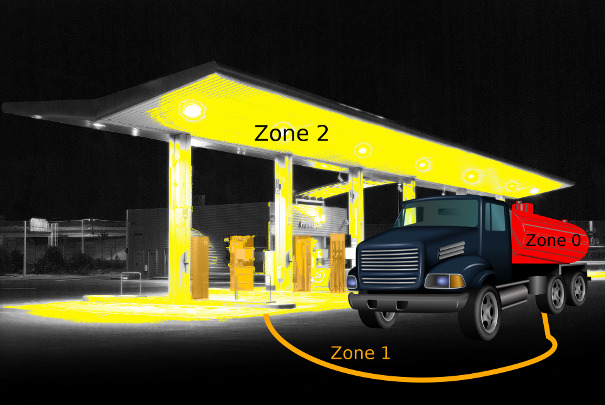
Hazardous Area Classification Electrical Equipment Atex Iec Ex Sil2 Alvi Automation Gasalarm
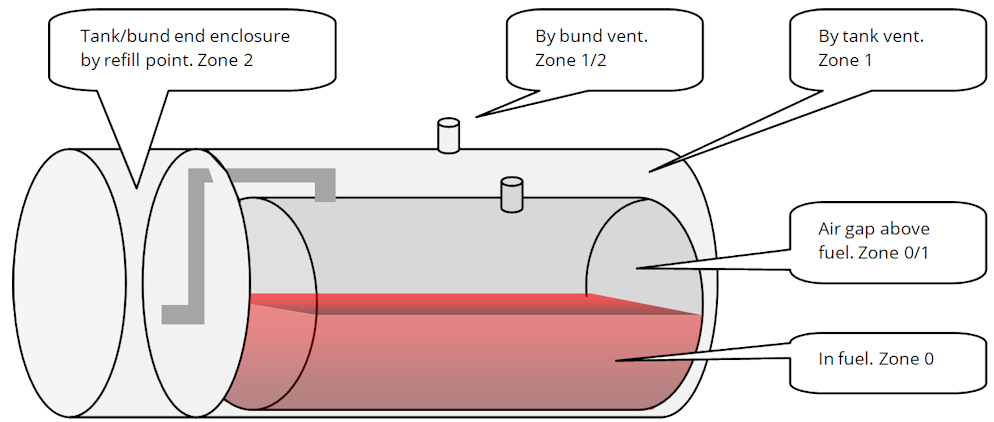
Atex And Fuel Polishing
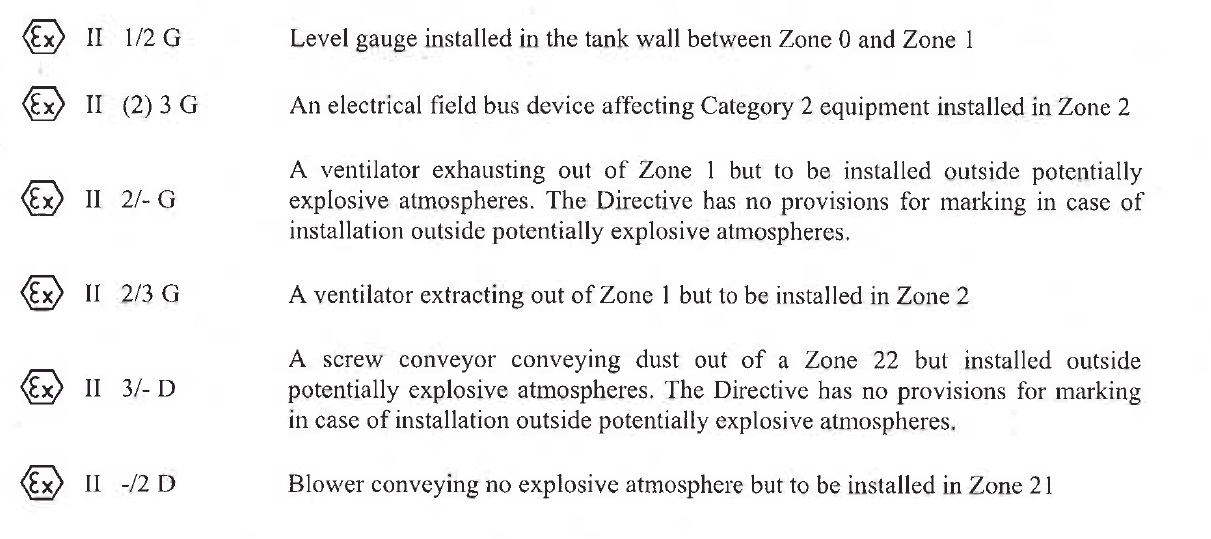
11 Marking Ce Marking Atex 94 9 Ec Guidelines 4th Edition Machinery Directive 06 42 Ce Functional Safety Atex Directive 14 34 Eu

Standards And Regulations Ex Zones Atex Iecex

Atex Enclosures Index Hazardous Area Information
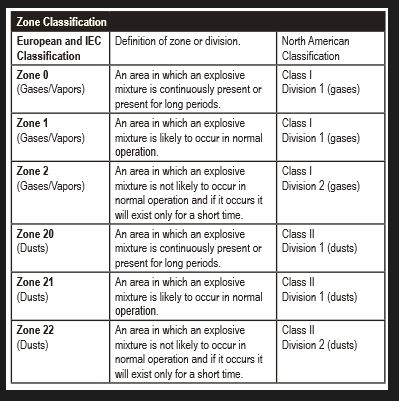
Hazardous

Hazardous Area Location Guide Iec Nec Cec Atex By Emerson Industr

Bartec Pixavi Zone 1 Vs Zone 2 Hazardous Areas

Atex Zone 1 Cat 2g Miretti Ex Equipment And Conversion Atex Zone 1 Definition

Working In Explosive Atmospheres Health And Safety Middle East

Overview Of Hazardous Areas Expo Technologies
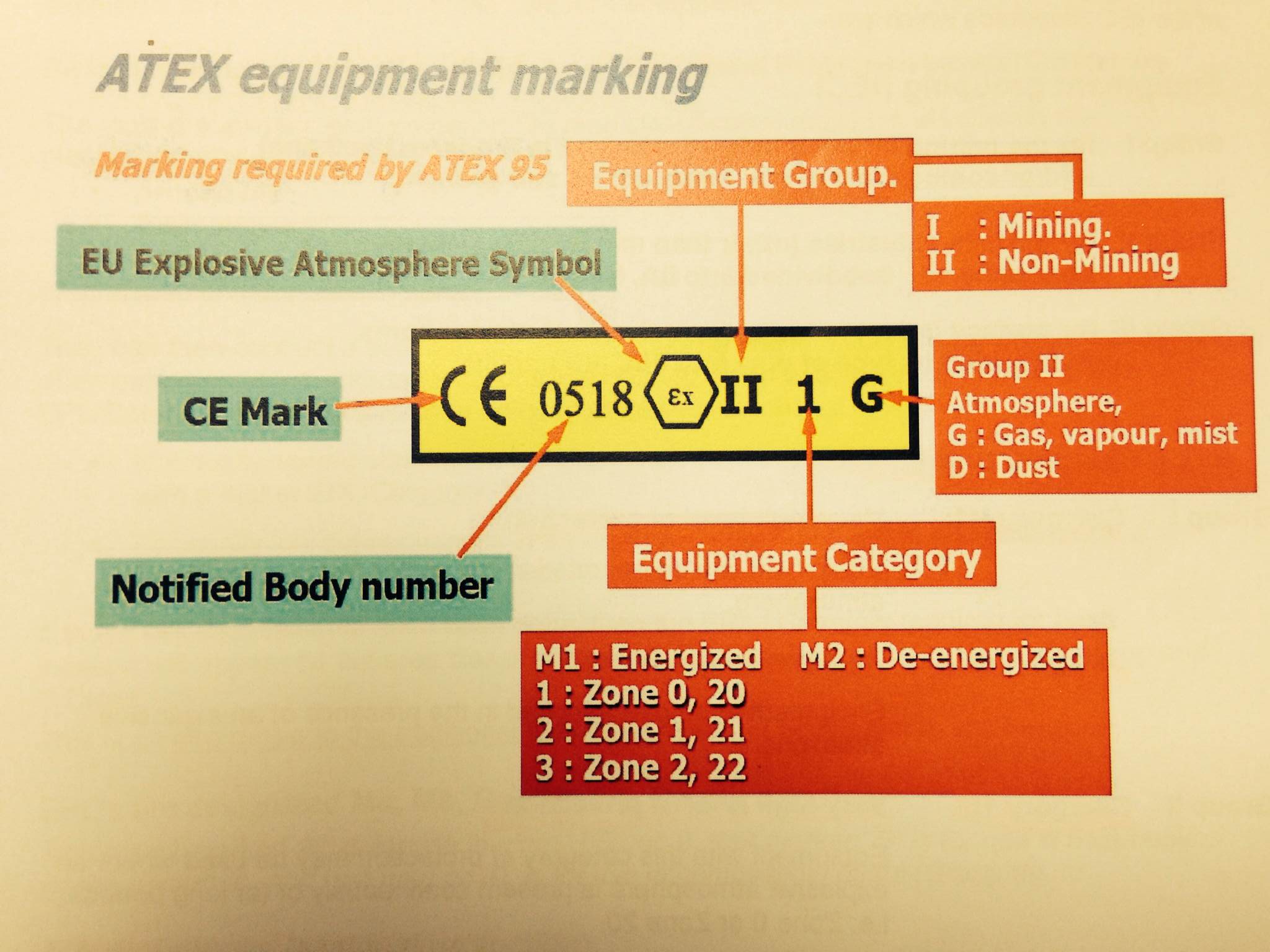
Hazardous

Standards And Regulations Ex Zones Atex Iecex
Zone 1 Definition Atex 1999 92 Ec What Is A Zone 1 Hazardous Area

Hazardous Areas Hazardous Area Zones Guide Explanation Definitions
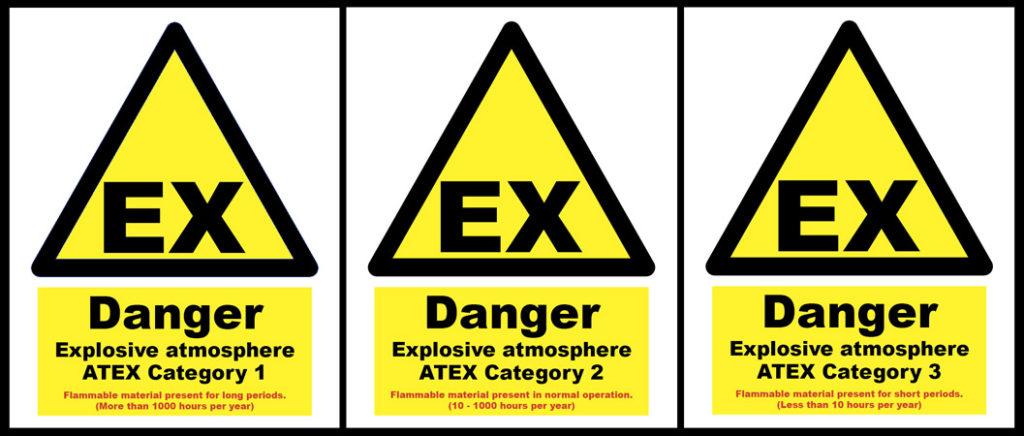
Ex Zone What Is An Ex Zone Atexor Knowledge Base

Identifying Zone 0 Zone 1 And Zone 2 Hazardous Areas Raytec Led Blog
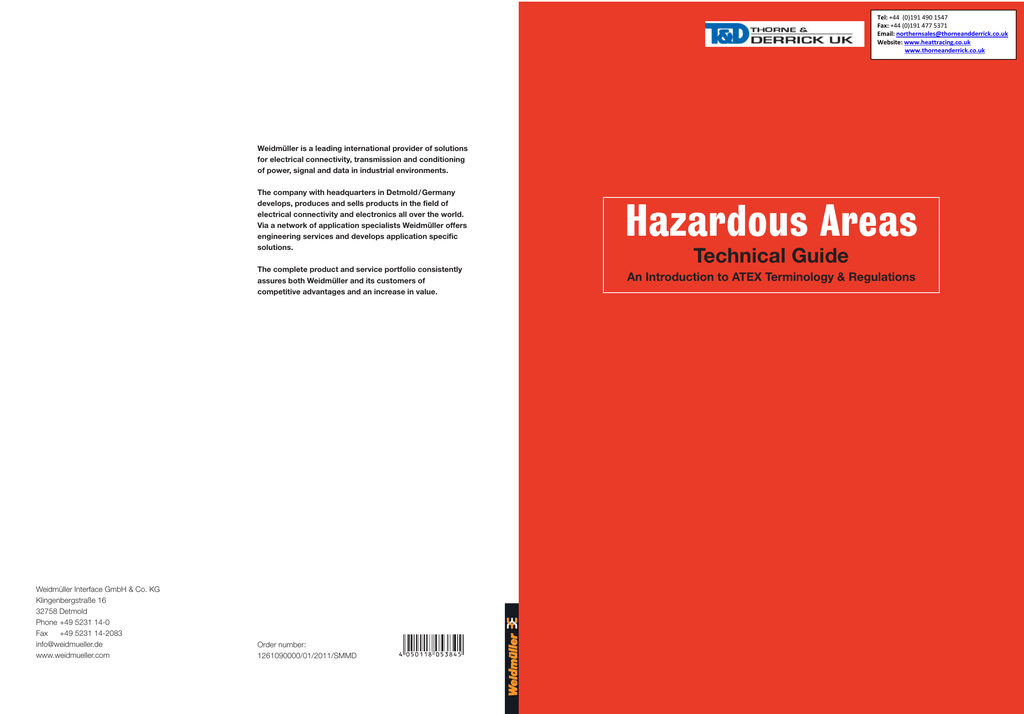
Hazardous Area Atex Zone 1 Zone 2 Flameproof Explosion Proof Intrinsically Safe Manualzz
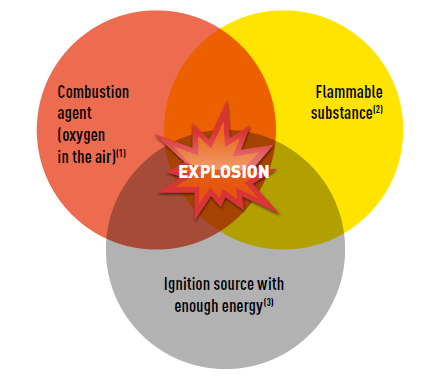
Standards And Regulations Ex Zones Atex Iecex

Overview Of Atex Zones And Equipment Ex Machinery Atex Blog
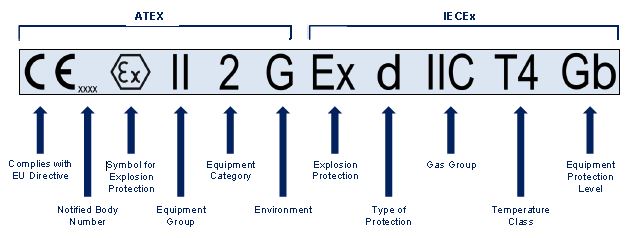
Atex And Iecex Standards For Intrinsically Safe Load Cells For Hazardous Areas Explained Crosby Straightpoint Uk Europe Usa

Atex Category 1 Equipment
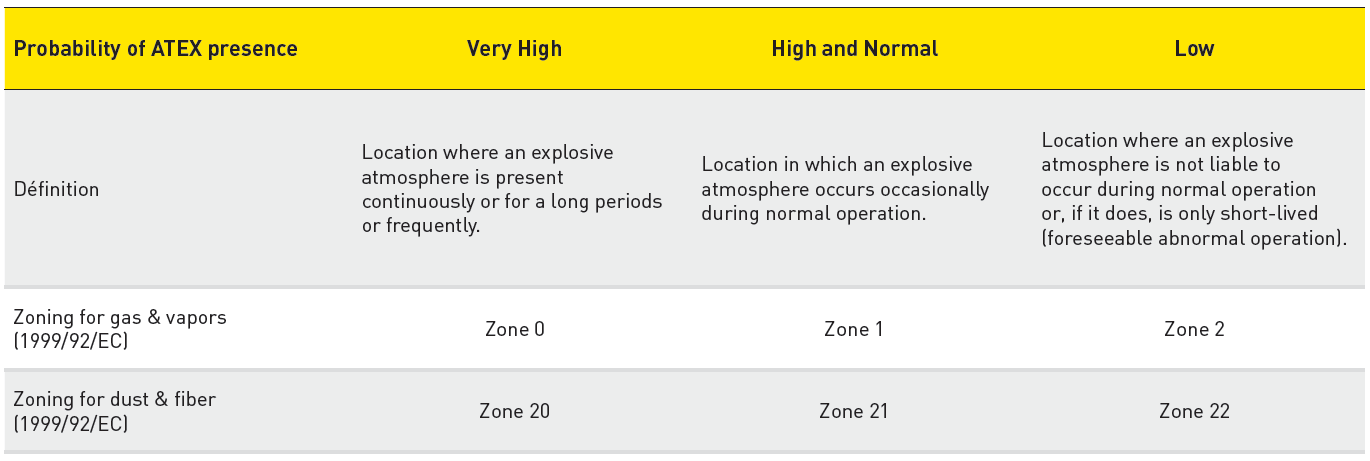
Standards And Regulations Ex Zones Atex Iecex

Overview Of Atex Zones And Equipment Ex Machinery Atex Blog
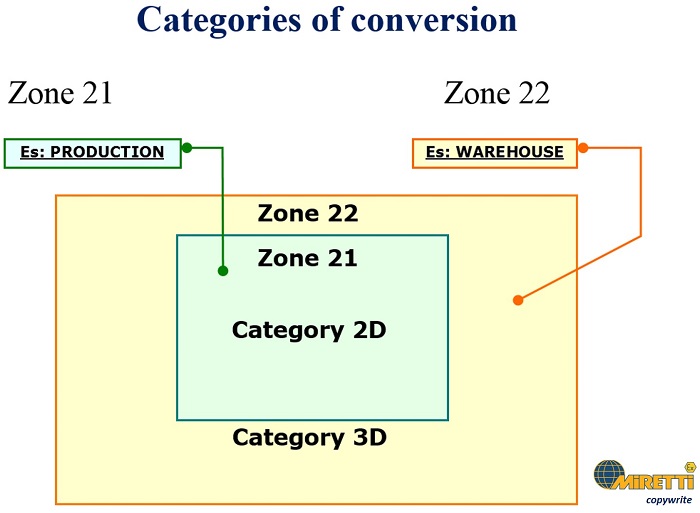
Atex Zone 1 Cat 2g Miretti Ex Equipment And Conversion Atex Zone 1 Definition

Atex Product Directive Dnv Gl
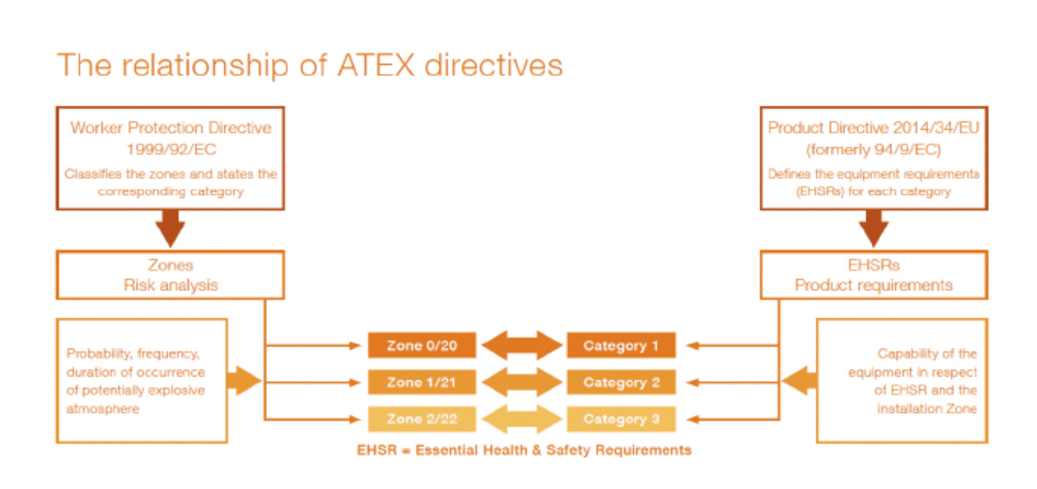
Working In Explosive Atmospheres Health And Safety Middle East

Hazardous Areas Hazardous Area Zones Guide Explanation Definitions



